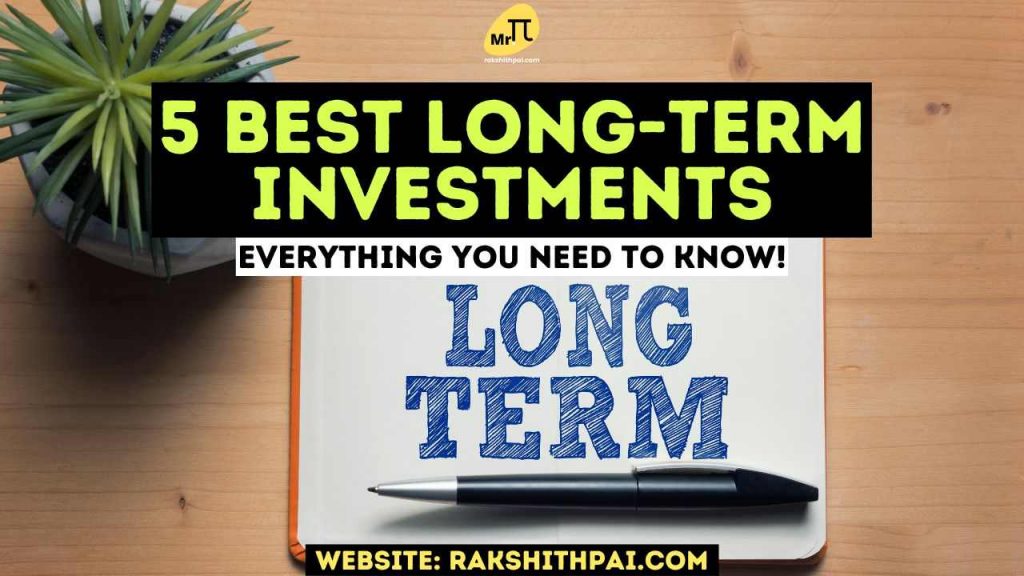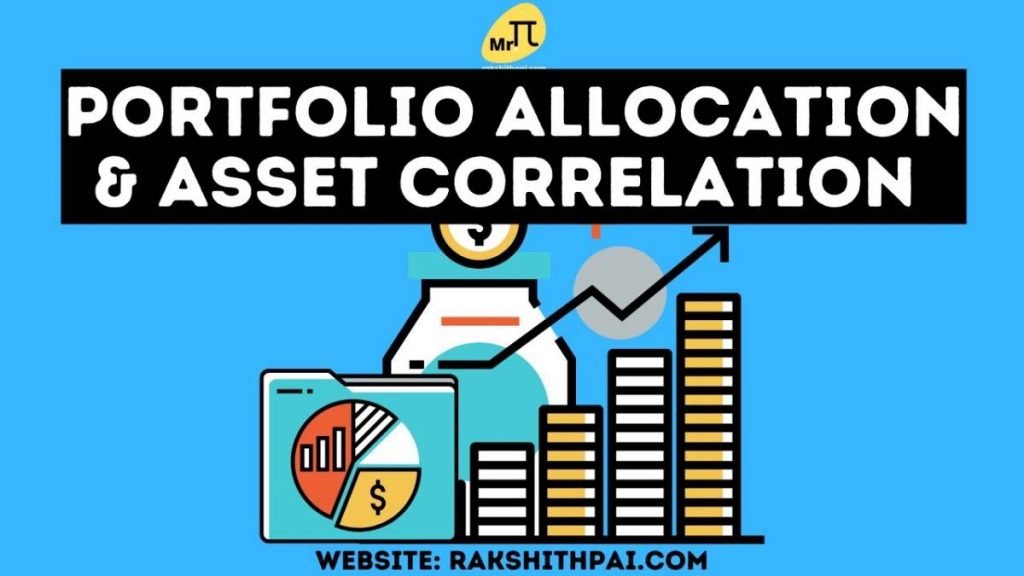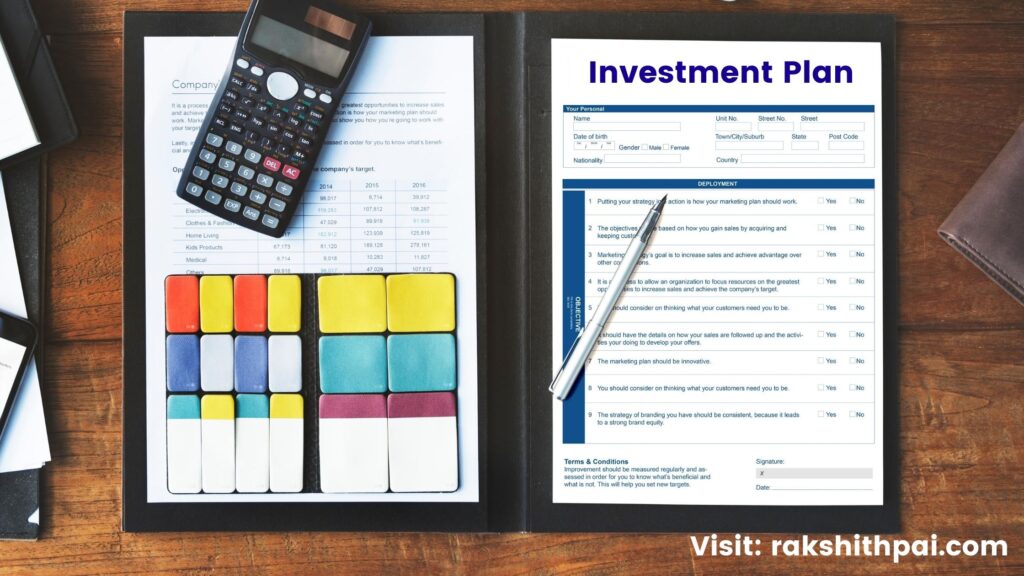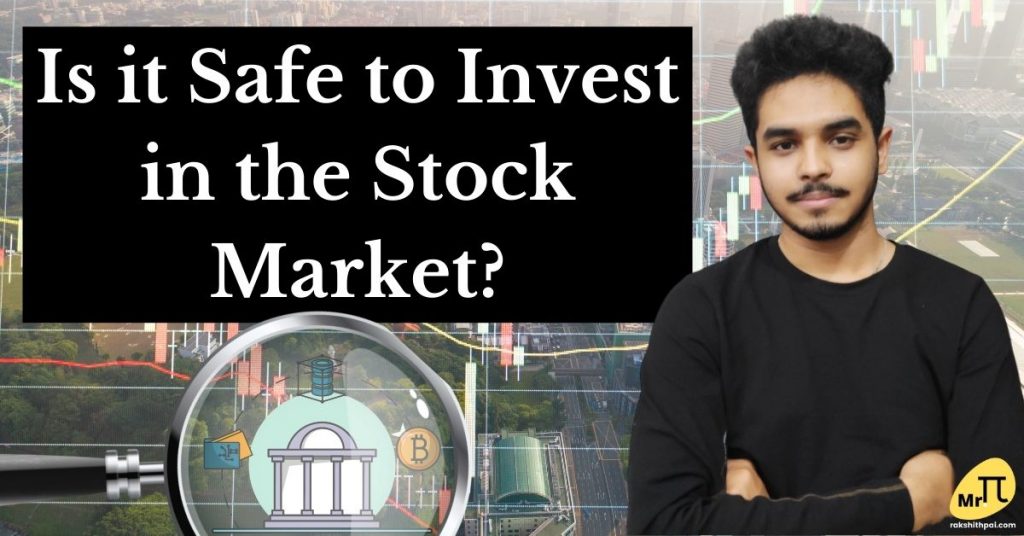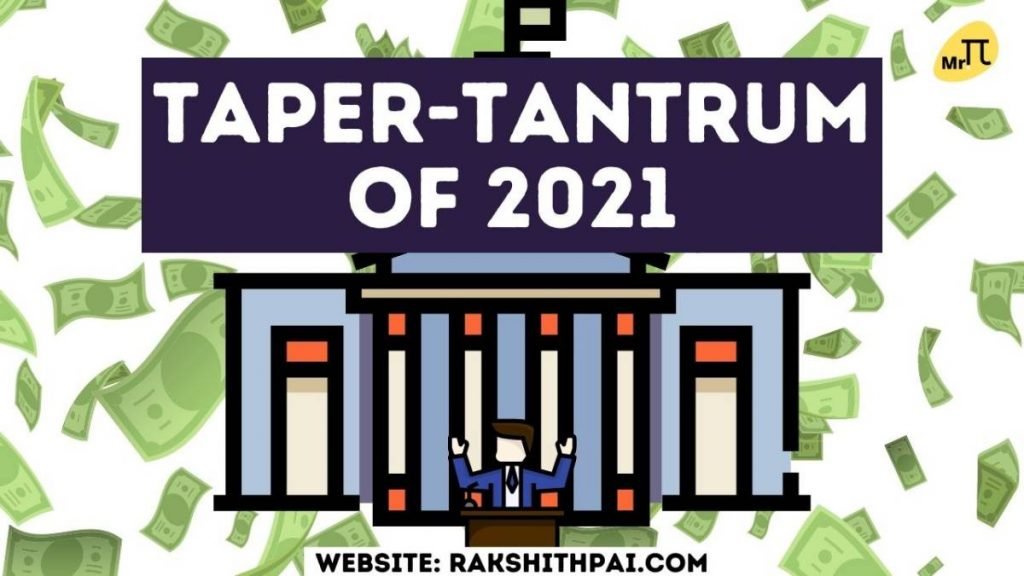Table of Contents
Why Invest for Long-Term?
Investing in the long term is one of the best strategies to ensure your financial security in the future. Over the past few years, it may have been tempting to abandon a long-term strategy in favor of a short-term one. It’s more vital than ever to focus on long-term investments and stick to your game plan in light of the market’s high valuations.
With a wide range of options available to investors today, individuals can pick how much risk they’re ready to accept to reach their financial goals. Investing in stocks, mutual funds, or exchange-traded funds (ETFs) can increase your risk, but it can also increase your potential return.
Alternatively, you can do a little bit of everything and build a portfolio that performs well in practically any market.
Rules for Long-term Investing:
Investing for the long term can help you build a stable financial future. Even so, it’s crucial to keep these guidelines in mind as you go along.
Mindset
Are you willing to take on more risk in exchange for a greater potential reward? Your risk tolerance and whether you’ll freak out if your investments lose value are critical factors to consider. If an investment has the potential to rise, you should avoid selling it when it’s down. It is demoralizing to sell a stock only to watch it soar in value.
You will have a higher chance of sticking with your investment strategy if you fully understand how it works. Because no investment strategy is foolproof, it’s critical to keep an eye on the big picture and persist with what you’ve set out to do.
Diversify
As previously said, no investment approach can guarantee success. That’s why diversification is so crucial as an investor.
Investing in index funds is a low-cost strategy to diversify your portfolio. They give you the opportunity to invest in a huge number of businesses that are categorized according to factors such as size or location. As an example, You may quickly establish a well-diversified portfolio by investing in a handful of these types of funds.
Investing all of your money in a single stock may sound thrilling, but this strategy comes with a higher level of risk and is unlikely to provide a long-term return.
Understand Risk
The more risk you take, the more likely you are to obtain a good return, not true in all cases. This means that CDs tend to have low yields, whereas medium-risk assets such as bonds and high-risk stocks tend to have greater yields. A higher rate of return usually necessitates greater risk-taking on the part of the investor.
Imagine investing in Crypto! You are taking a hefty risk in the hope of making high returns. So, understand the risk and you are halfway secured.
Although the NIFTY 50 & SENSEX Indexes have returned 10% to 15% over long periods of time, they are volatile at times, but not as much as stocks for their volatility. When it comes to stock prices, it isn’t unusual for them to fluctuate by 50 percent in a year, but they still do at times.
Time Frame
One way to reduce your risk is to commit to holding your investments for a longer period of time. You’ll have more time to weather the market’s ups and downs if you have a longer holding period.
The Stock Market index has a long history of strong returns, but those gains were achieved over time, and the index could fall significantly in a short period of time, hold on to them and they will rise back.
At least three to five years, and longer, is ideal for investors who put money into the stock market. Investments like high-yield savings accounts may be a better option for those who can’t wait.
Should Long-Term Investors Buy Equities Now?
If you’re investing for the long run and have a well-diversified portfolio, there’s almost never a bad moment to put money into stocks. This is because, as the old adage goes, staying in the market for the long haul is more important than trying to time the market correctly.
Over the long haul, the Stock Market index has gained around 10% per year. The more time you put into an investment, the more likely you are to get the benefits of that return.
However, this does not entail that you should immediately place all of your assets in the market. In the short term, it has a lot of room to move either way. Instead, it’s better to invest on a regular basis, perhaps once a week or once a month, and build up your savings over time. Using dollar-cost averaging as a tool, you can avoid overpaying for a product or service.
Investing for the long term can be a smart idea at any time, but it can be especially beneficial during economic downturns. It is possible to buy equities at a lower price, which could lead to larger long-term gains. As a result, many investors are reluctant to take advantage of a stock’s significant drop.
Another advantage of investing on a regular basis, through good and bad times, is that you can add to your investment even if the price falls, potentially resulting in savings. However, this means that you must plan ahead and open and fill your brokerage account.
Stock Market Basics 🎯
5 Best Long-Term Investments:
Index Funds
Investors who want to use equities more aggressively but don’t have the time or desire to make investing a full-time pastime should choose an equity mutual fund. So, by purchasing a stock fund, you’ll get the weighted average return of all the companies in that fund, which means that the fund will be less volatile than if you had only held a few individual stocks.
Stock funds, whether ETFs or mutual funds, might be an excellent alternative if you don’t want to put in the time and effort to research specific stocks. With an index fund like the NIFTY 50 or SENSEX 30 index and if you wish to invest in the US market, then Nasdaq-100.
You’ll get a wide range of securities from which to choose, including several high-growth ones. It is, nevertheless, better to have a broad and safer portfolio of companies than if you only buy a few stocks.
Investing in a stock index fund is less time-consuming than investing in individual stocks, but because you hold a broader range of firms, your returns are likely to be more steady. A stock fund, on the other hand, offers a lot of possibilities for growth in your investment. Some of the best index funds may be found in this list.
How to Invest in Index Funds? Top Index Funds, Benefits and risk-return explained:
Growth Stocks
Investors might expect great returns on their money if they put their money into them. Tech businesses are frequently the focus of growth stocks, but this is not always the case. These are companies where most of their revenues are reinvested in the company; thus, dividends are rarely paid out until the company’s growth stops or in the case where the company has grown quite significantly over time, in which case, the dividend earnings are very low.
If you’re going to invest in individual growth stocks, you’ll need to spend a lot of time doing your research. Growth stocks are notoriously volatile, so you’ll need to have a high level of risk tolerance or be willing to hold on to your investments for three to five years at the very least.
Growth stocks can be dangerous since investors are typically willing to pay a high price for the stock in comparison to the company’s profits. Stocks in this sector can plummet in value extremely quickly in a market downturn or recession.
Dividend Investing
A dividend stock, as the name suggests, is one that regularly distributes a portion of its profits to shareholders in the form of a dividend. Although many equities pay out a dividend, it’s more common to find them in older, more established companies that don’t require the money.
Veteran investors prefer dividend stocks because they provide a steady stream of income and, in the best cases, those dividends rise over time, allowing you to earn more than you would from a bond’s set payout. Among dividend stocks, REITs are a popular choice.
Pay attention to the stock market, as dividends can rise and fall just as much as growth ones do. This is especially true during a moment of market turmoil.
Dividend-paying companies, on the other hand, tend to be older and more established than growth companies, making them a safer investment. As a result, when a dividend-paying firm doesn’t make enough money to cover its dividend, its stock price may suffer.
15 Highest Dividend Paying Stocks in India 2023
Bond Investing
One of the safest investments is a bond, and bonds are considerably safer when they are part of a mutual fund. With hundreds of various types of bonds from a variety of issuers, a fund can mitigate the impact of a single bond default on its portfolio by diversifying its holdings.
Many different bonds from various issuers are included in a bond fund, whether it is a mutual fund or an ETF. According to the type of bond that makes up the fund – the duration, riskiness, issuer (private or public sector), and more – bond funds are commonly categorized. This means that when it comes to bond funds, there are many options to choose from.
Companies and governments agree to pay the holders of their bonds an agreed-upon amount of interest each year when they issue bonds to raise money. When the bond’s term expires, the issuer pays back the bond’s principal and redeems the bond.
Small-Cap Equities
Small-cap equities, like high-growth stocks, tend to be more volatile. Because small businesses have fewer resources, less access to capital markets, and less power in their marketplaces, they are more likely to fail (less brand recognition, for example). The good news for investors is that well-run companies can do extremely well, especially if they can continue to grow and gain in size.
Because small-cap stocks have the ability to develop swiftly or capitalize on an emerging market over time, investors are drawn to them as long-term investments.
When it comes to small-cap stock earnings, investors are willing to pay a premium if the firm is expected to grow or emerge as an industry leader in the future. Small-cap stocks are particularly vulnerable to rapid price declines when the market is in a slump because of their high purchase price.
To buy a company, you must first be able to examine it, which takes time and work on your part. Investing in start-ups isn’t for everyone, then. Consider some of the top small-cap ETFs as well.
Conclusion:
Long-term investments allow you to earn more money than short-term investments. Taking a long-term view and not getting scared out of the market because the investment has collapsed or you want to sell for a fast profit is the trick.
It’s possible to avoid the short-term noise that many investors get caught up in by focusing on the long term and deciding not to sell your investments while the market is in decline. If you’re an Index investor, for example, you may have been able to ride off the short-term setbacks that came with the COVID pandemic before markets turned things around and raced higher again.
For long-term investors, it’s easier to keep an eye on the prize than for short-term traders. Spend your time doing the things you enjoy rather than fretting about the market’s movements by investing your money on autopilot.
Disclaimer: All the information on this website is published in good faith and for general information purposes only.

